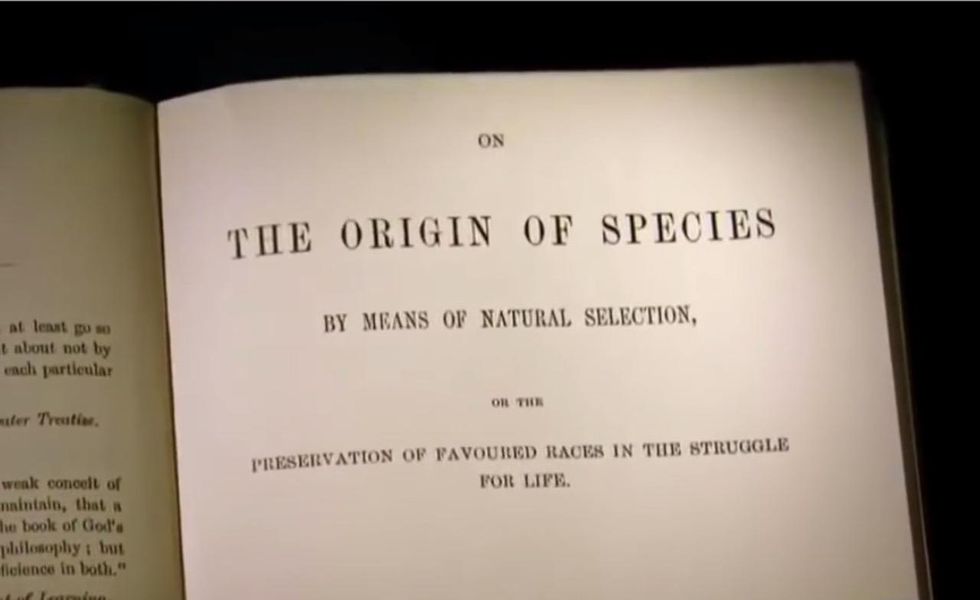
A new scientific study concluded that nine out of 10 species on Earth today, including humans, came into existence at about the same time. (Image source: YouTube screenshot)

What David Thaler of the University of Basel in Switzerland said about a scientific study he co-authored — and that was just published by journal Human Evolution — underscores how shocking his findings were even to him.
"This conclusion is very surprising," he told Agence France-Presse, "and I fought against it as hard as I could."
Thaler and his co-author Mark Stoeckle of the Rockefeller University in New York discovered that nine out of 10 species on Earth today, including humans, came into being at roughly the same time — 100,000 to 200,000 years ago, AFP reported.
In other words, 90 percent of animal life — genetically speaking — is about the same age, the outlet noted.
Furthermore, the pair's study turns on its head the long-held notion that species with large populations spread over the globe — again, humans, for example — will become more genetically diverse over time, AFP said.
But Stoeckle told the outlet that's not the case, noting that animal genetic diversity is generally "about the same."
The scientists analyzed DNA "barcodes" across 100,000 species and found a sign that showed almost all animals emerged about the same time as humans, AFP reported.
More from the outlet:
What they saw was a lack of variation in so-called "neutral" mutations, which are the slight changes in DNA across generations that neither help nor hurt an individual's chances of survival.In other words, they were irrelevant in terms of the natural and sexual drivers of evolution.
How similar or not these "neutral" mutations are to each other is like tree rings — they reveal the approximate age of a species.
Which brings us back to our question: why did the overwhelming majority of species in existence today emerge at about the same time?
Jesse Ausubel, director of the Program for the Human Environment at the Rockefeller University, told AFP that environmental trauma is one possibility.
"Viruses, ice ages, successful new competitors, loss of prey — all these may cause periods when the population of an animal drops sharply," he told the outlet in reference to the study. "In these periods, it is easier for a genetic innovation to sweep the population and contribute to the emergence of a new species."
Stoeckle offered to AFP that "the simplest interpretation is that life is always evolving. It is more likely that — at all times in evolution — the animals alive at that point arose relatively recently."
More from the outlet:
In this view, a species only lasts a certain amount of time before it either evolves into something new or goes extinct.And yet — another unexpected finding from the study — species have very clear genetic boundaries, and there's nothing much in between.
"If individuals are stars, then species are galaxies," said Thaler. "They are compact clusters in the vastness of empty sequence space."
The absence of "in-between" species is something that also perplexed Darwin, he said.